7 Surprising Facts about Colombia
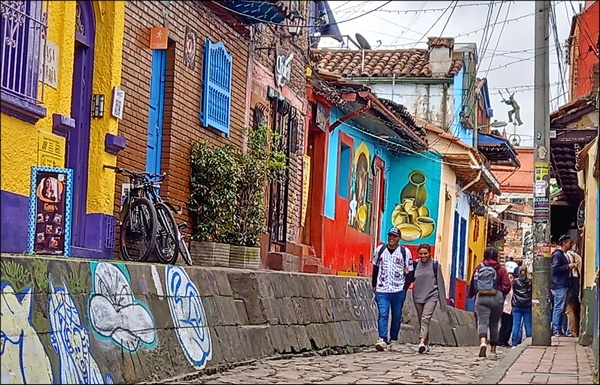
1. Colombia is a safe country to travel in
This will probably be the most surprising news about modern-day Colombia for most readers. In fact, I’m pretty sure a lot of people who read this will be still be very skeptical about Colombia’s safety.
That’s understandable given Colombia’s violent history. As everyone knows, for decades Colombia had a notorious reputation as the center of the huge cocaine drug industry, bringing with it lots of violence and danger. The worst point came in the 1980s and early 1990s.
Prior to that, for many more decades Colombia was often caught up in violent political conflicts, with civil unrest, protests, riots and rival political groups fighting it out.
Throughout the drug cartel days of the 80s & 90s political unrest got even worse. Various guerrilla groups, militias and communist troupes developed. They warred it out in the jungles and also became enmeshed in the drug industry.
That notoriety from Colombia’s past continues to cling to the country, even though Colombia has since cleaned up both the political turmoil and the violent drug cartels. To put things in perspective, consider:
Pablo Escobar was caught and killed in 1993. That was 30 years ago!
Colombia has had 30 years – three full decades – more than one entire generation – to make changes and move on from the bloody cartel days. The national, state and city governments, as well as the citizens, have worked very hard to move past that and improve their country and their lives.
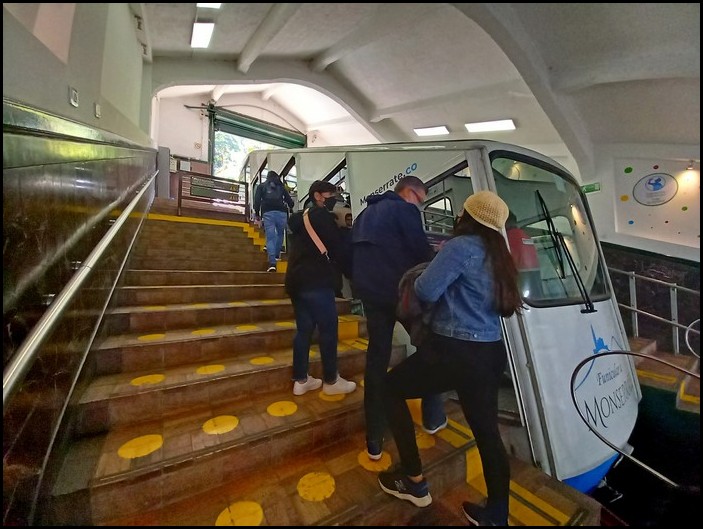
They’ve created extensive free public educational systems, from elementary up through university. They’ve improved the roads, public transportation systems, public libraries, leisure and sports opportunities and made many other improvements in citizens’ lives.
They’ve also worked hard to make the country safe, welcoming and easy for both domestic and international travelers. Today the government has clearly designated which cities and regions in Colombia are currently safe for travelers.
Medellin, Bogota, Cartegena and the regions surrounding them are safe for both national and international visitors. The beautiful coffee-growing mountains and their cute towns& villages are safe and welcoming, as are many coastal areas with beaches, islaands and tropical jungles.
So if you’re one of those people still clinging on to Colombia’s old, outdated notorious reputation, then I encourage you to wake up, get educated about Colombia and get with it! The Colombians certainly have.
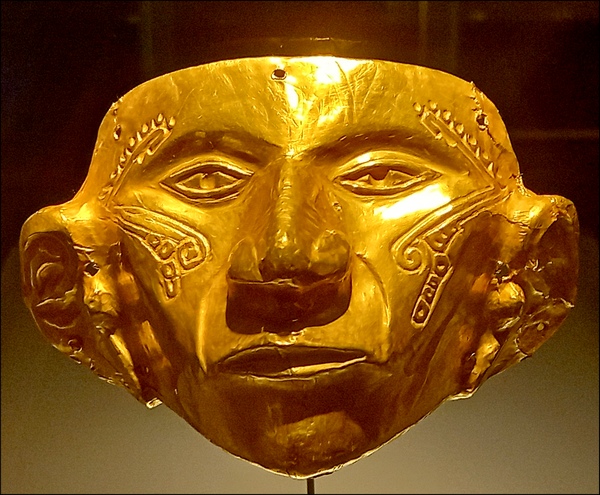
2. Historically, Colombia was famous for gold, emeralds and salt
Before the Spaniards reached Colombia there were dozens of different indigenous tribes living along the coasts, in the vast Amazon and in the extensive Andes mountain ranges.
In the eastern Andes mountains the largest tribe was the Marias, living in the region where Bogota is now located. In this area and the valley of the MMM River, there were huge deposits of gold and plenty of vibrant emeralds.
The marias collected and mined the gold for hundreds of years, developing dozens of distinct gold-making techniques. They primarily created jewelry and other body adornments, sacrificial objects, artworks, tools, and practical objects for daily use.
But gold was also mined and panned by other tribes all over the Colombian region. Gold and gold objects were also traded around the region, spreading the beautiful metal further afield.
Emeralds were also very plentiful in the same mountain region as the Marrias. These bright, clear green stones were also crafted into jewelry and other objects.
Natural salt was a third important mineral found extensively in the earth in the area around Bogota. Today, just north of the city are some famous ‘Salt Cathedrals’ – underground churches built inside natural salt deposits.
Salt was traded extensively and was a very important & valuable commodity for hundreds of years.
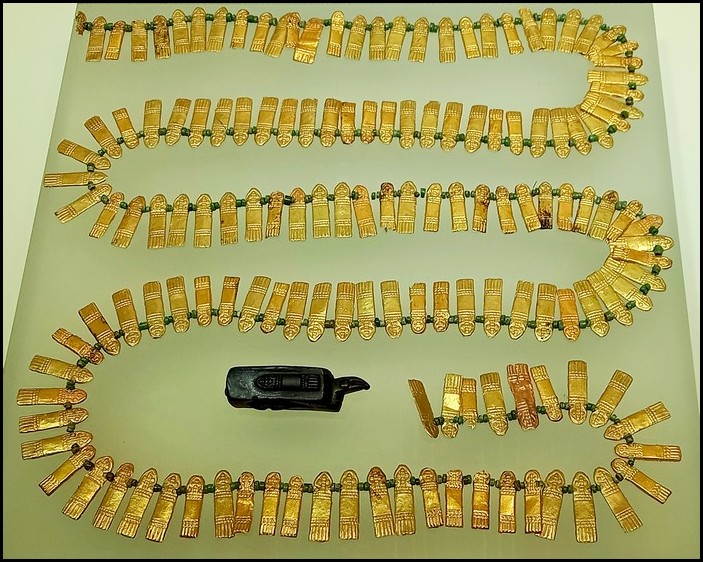
3. The world’s biggest collection of gold is located in Colombia
Now that you know about Colombia’s huge historic gold deposits and its many centuries of gold-making, it may make more sense to learn that Colombia actually has the world’s biggest collection of gold.
It’s all on display at Bogota’s most excellent Museo del Oro / Museum of Gold. The museum owns a whopping 55,000 pieces of gold artwork. It’s a massive collection of stunning gold objects made by Colombia’s many indigenous tribes, way back before the Spanish landed.
As noted above, the tribes developed a dozen or more distinct gold-making techniques to create jewelry, body decorations, tools, art objects, practical daily goods and other elaborate objects.
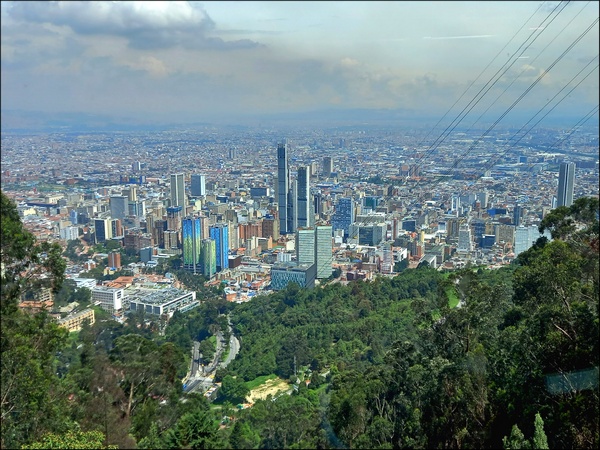
4. Colombia’s capital city – Bogota – is the 4th largest city in South America
Bogota is now classified as a Mega-city (cities with a population over 10 million) with its metropolitan population reaching over 12,000 residents.
Bogota definitely has that ‘huge urban city’ feeling to it. It sprawls mainly north to south, set along the Andes mountains on its eastern edge.
It’s a very modern, cosmopolitan, forward-looking city which has over 70 universities, miles and miles of designated cycling lanes, hundreds of huge state-of-the-art gyms, beautiful city parks, world-class museums, cutting-edge contemporary architecture, hip upscale night and restaurant scenes, big urban malls and all the other facilities of the world’s other happening cities.
But three other cities in South America are even bigger than Bogota. They include Sao Paolo, Brazil, with over 21 million inhabitants; Buenos Aires, Argentina, with more than 15 million residents; and Rio De
Jeneiro, Brazil, with over 13 million .
5. Bogota also has the 3rd highest elevation of South American cities
Bogota has an elevation of 2601 M / 8583 ft.
It’s high altitude, in conjunction with its close proximity to the Equator (at just 4.6° N Latitude), gives Bogota an evenly cool-chilly temperature year-round. Day time temps are about 14-18C / high 50s-mid 60s F all year, while night-time temps are about 7-9C / low to mid 40s F year round.
The two higher South American capitals are La Paz, Bolivia (3869 M/ 12,768 ft) and Quito, Ecuador (2850 M / 9350 ft).
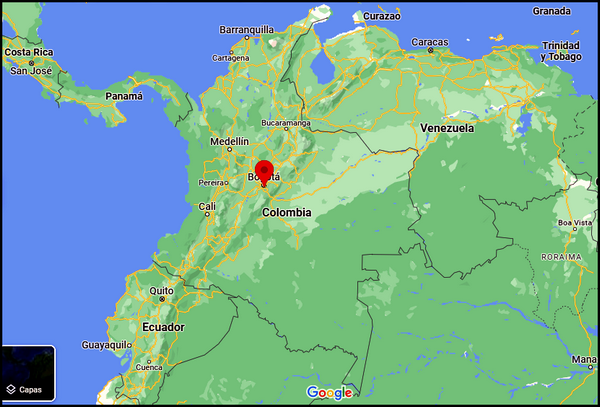
6. Colombia is the only South American country with both Pacific and Caribbean coasts
Most countries in South America lie solely along the Pacific Ocean (Ecuador, Peru and Chili) or only along the Atlantic Ocean (Argentine, Brazil, Suriname, Guayana, French Giana and Venzuela) or they’re entirely landlocked ( Uruguay, Paraguay and Bolivia).
Colombia is the only country on the continent that straddles both the Caribbean Sea and the Pacific Ocean.
Venezuela is also unique in that it lies along both the Atlantic Ocean and Caribbean Sea. However it doesn’t lie anywhere near the Pacific.
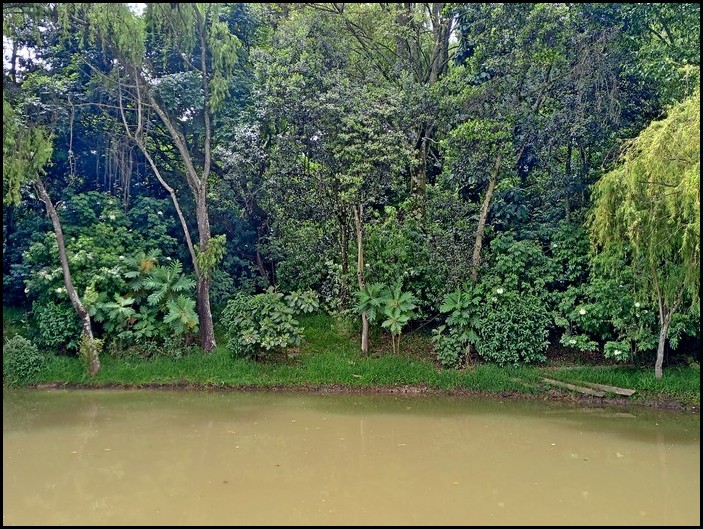
7. Colombia’s diverse topography includes Andes mountains, the Amazon, Pacific and Caribbean coasts
Colombia is not a large country by world standards. But it has a huge diversity of topographies, climates, flora and fauna packed in there.
About one third of Colombia is located more or less at sea level, with a long Pacific coastline, a equally long Caribbean coast, several offshore islands and a wide jungly region running down the Pacific coast.
Being situated very close to the Equator, these coastal areas are hot, humid, steamy and jungly.
The eastern third of the country is engulfed in the equally hot & steamy Amazon region. Of course it’s marked by a vast network of rivers and wet low-lands.
In between the tropical coasts and the steamy Amazon region, central Colombia is filled with an extensive system of mountain ranges and wide river valleys. More specifically, as the Andes Mountains flow northward into Colombia from Ecuador, the mountains split into three ranges, all running north-south. In between are vast
valleys with extensive farmlands and major river systems.
=============================
You might also like:
9 Observations about Colombian People
10 Interesting Things about Bogota – Colombia
==========================






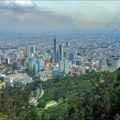
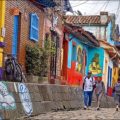

 Hi! I'm Lash, an American nomadic world traveler who's been traveling solo since 1998. I’m passionate about traveling the world nomadically and then sharing it all with you. I hope to inspire you to travel the world, to entertain you with tales from the road, and to help you reach your travel dreams. Welcome!
Hi! I'm Lash, an American nomadic world traveler who's been traveling solo since 1998. I’m passionate about traveling the world nomadically and then sharing it all with you. I hope to inspire you to travel the world, to entertain you with tales from the road, and to help you reach your travel dreams. Welcome! 




2 pings
11 Interesting Facts about Lima – Peru - LashWorldTour
2022/07/01 at 8:09 am (UTC 8) Link to this comment
[…] « 7 Surprising Facts about Colombia […]
6 Amazing Things to see & do in Lima – Peru - LashWorldTour
2022/07/06 at 6:20 am (UTC 8) Link to this comment
[…] 7 Surprising Facts about Colombia========================== […]